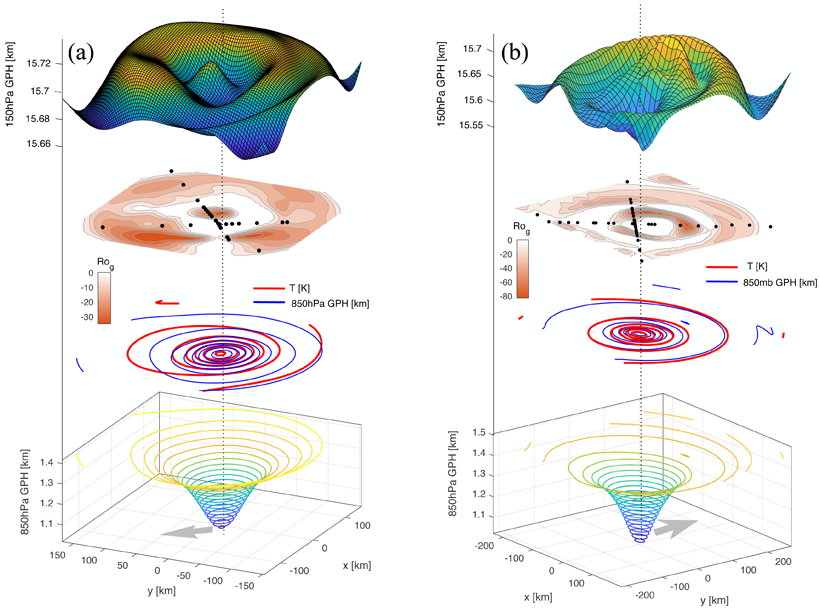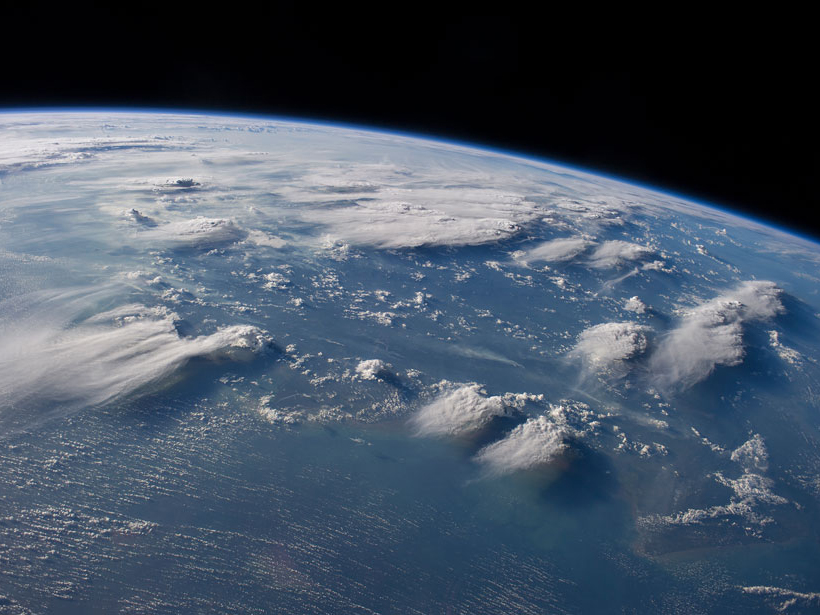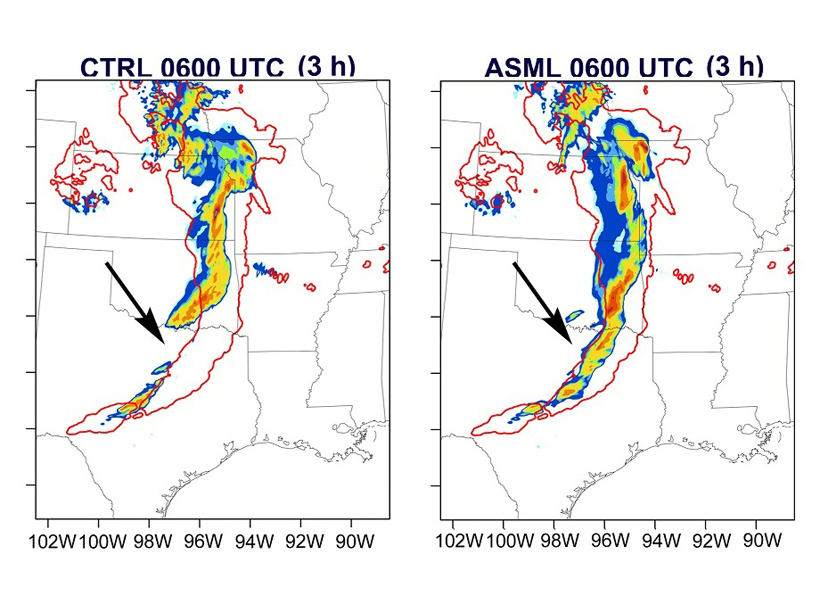A new mechanism explains changes in the probability distribution of tropical rainfall, which is not expected to change uniformly in a warming climate.
meteorology
Curiosity Rover Reveals Oxygen Mystery in Martian Atmosphere
An air-sampling study has captured long-term trends in the concentrations of five key atmospheric gases for the first time.
Examining the Structure of Tropical Cyclones’ Upper Levels
Unique observations used to examine the structure and mass balance of hurricanes’ top levels find that regions of high pressure violate the gradient wind balance.
Finding Faces in Hailstorms
Machine learning technology helps scientists recognize severe weather patterns.
Curiosity Monitors Rare Global Dust Storm From Mars’s Surface
Since the 1970s, no surface platform had made meteorological measurements of a global dust storm on Mars, but last summer NASA’s Curiosity rover witnessed one of these rare events.
Great American Eclipse Data May Fine-Tune Weather Forecasts
Measurements taken by an automated national meteorological monitoring network during the 2017 total solar eclipse illuminate how the land and atmosphere respond to a sudden loss of sunlight.
What Causes Flash Floods in the Middle East?
Researchers zero in on the large-scale meteorological processes driving extreme precipitation events in the hot, arid desert region.
Modeling Storm Evolution
A “moist shell” makes all the difference in how some storms evolve.
Space Weather: Exploiting Meteorology’s Toolkit
Space weather forecasting is benefiting, and can benefit much further, from concepts and tools already developed by the global meteorological community.
Lightning Data Improves Precipitation Forecasts
Short-term forecasts of precipitation and convection can be improved when lightning data are assimilated in the Weather Research and Forecasting system.










